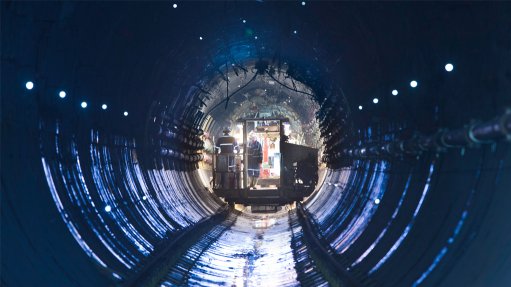
Photo by: Cameco
TORONTO (miningweekly.com) – Canadian uranium producer Cameco on Wednesday said production from its Cigar Lake uranium mine, in northern Saskatchewan, would be further delayed owing to the orebody not being frozen enough in certain places.
The TSX- and NYSE-listed miner said given that Areva Resources Canada’s McClean Lake mill had not yet started processing Cigar Lake ore, the company had decided to temporarily stop jet-boring at Cigar Lake to allow the orebody to freeze more thoroughly in these areas.
“The additional freezing will allow more continuous production at the mine once the mill is operational,” Cameco said.
Based on early indications from its assessment, Cameco said it would be forced to defer production by a “couple of months” to early next year, affecting its 2014 production target.
Cameco said it would update its full-year guidance on July 31, when it was scheduled to report its second-quarter financial results.
The Cigar Lake uranium deposit occurs at depths ranging from 410 m to 450 m below the surface, where the water-saturated Athabasca sandstone meets the underlying basement rocks. To prevent water from entering the production areas of the mine and to help stabilise weak rock formations, the ore zone and surrounding ground is being frozen by circulating a brine solution through cased holes drilled from both surface and underground.
Cameco said as at December 31, the total costs for the project, the second-biggest high-grade uranium deposit in the world after its flagship McArthur River mine, had risen to C$2.6-billion, a far cry from the $450-million it expected the project to cost when it first approved its construction in 2004.
Back then, it had also expected first production by 2007. However, a series of setbacks added to rising costs and a lengthening timeline, including a rock fall causing an underground flood in October 2006, delaying construction.